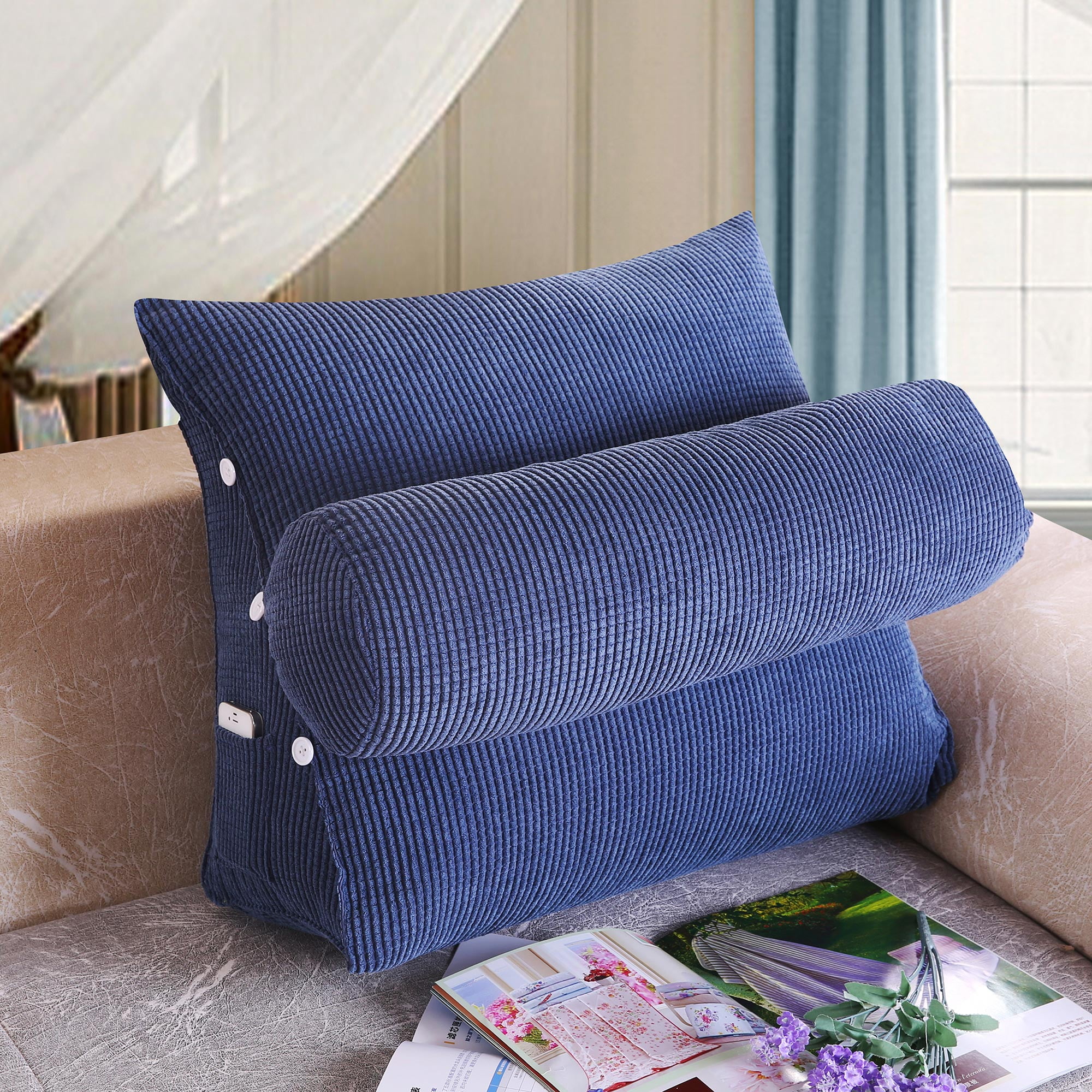Understanding Back Support Needs

Sitting for prolonged periods can lead to discomfort and pain in the back. Understanding the reasons behind this discomfort is crucial for finding effective solutions, such as using back support for chairs.
Common Back Pain Causes Related to Sitting
Prolonged sitting can strain the back muscles and ligaments, leading to discomfort and pain. Here are some common causes:
- Poor Posture: Slouching or hunching over can put excessive pressure on the spine, leading to muscle strain and pain.
- Lack of Movement: Sitting for long periods without taking breaks can restrict blood flow and reduce muscle flexibility, contributing to stiffness and pain.
- Inadequate Chair Support: Chairs without proper lumbar support can fail to provide adequate back support, leading to strain and discomfort.
- Weak Core Muscles: Weak core muscles are unable to effectively support the spine, leading to instability and increased risk of back pain.
Importance of Proper Posture and Ergonomics
Maintaining proper posture while sitting is essential for minimizing back strain and discomfort. Ergonomics, the science of designing workspaces for optimal comfort and efficiency, plays a vital role in achieving this.
- Sitting Upright: Maintaining an upright posture with your shoulders relaxed and back straight reduces strain on the spine.
- Lumbar Support: Using a chair with lumbar support or adding a back support cushion helps maintain the natural curve of the lower back, reducing pressure and discomfort.
- Foot Support: Ensuring your feet are flat on the floor or using a footrest helps maintain proper leg alignment and reduces strain on the lower back.
- Regular Movement: Taking short breaks to stand up, stretch, or walk around helps improve circulation, reduce muscle stiffness, and prevent prolonged sitting.
Benefits of Using Back Support for Chairs, Diy back support for chair
Back support cushions and lumbar supports can significantly improve posture, reduce strain on the back, and alleviate discomfort.
- Improved Posture: Back support cushions encourage proper posture by providing support for the lower back, promoting a natural spinal curve.
- Reduced Strain: Back support cushions distribute weight evenly, reducing pressure on the spine and surrounding muscles.
- Increased Comfort: Back support cushions provide a sense of comfort and stability, reducing muscle fatigue and pain.
- Improved Circulation: Proper posture and reduced strain on the back can improve blood flow, reducing muscle stiffness and discomfort.
Enhancing Back Support Effectiveness: Diy Back Support For Chair

Diy back support for chair – A DIY back support’s effectiveness hinges on its ability to provide the right amount of support in the right places. Adjusting its height, angle, and using the appropriate materials are key factors in maximizing comfort and reducing strain on your back.
Adjusting Height and Angle
The height and angle of your back support are crucial for proper posture and optimal comfort. Adjusting these factors allows you to tailor the support to your individual needs and the specific chair you’re using.
- Height Adjustment: The ideal height places the back support at the natural curve of your lower back, known as the lumbar region. This provides targeted support to prevent slouching and maintain a neutral spine. You can achieve this by adjusting the height of the back support using straps, buckles, or by adding or removing padding.
- Angle Adjustment: The angle of the back support determines the amount of recline it provides. A more upright angle offers greater support for sitting up straight, while a more reclined angle can provide relief for those with lower back pain. The optimal angle depends on your individual preferences and the level of support you need.
Using Breathable and Supportive Materials
The materials used for your DIY back support play a significant role in its effectiveness and comfort. Choosing breathable and supportive materials is essential for maintaining proper posture and avoiding discomfort.
| Material | Pros | Cons |
|---|---|---|
| Foam | Provides good cushioning and support. Affordable and widely available. | Can be prone to sagging over time. May not be as breathable as other materials. |
| Memory Foam | Conforms to the shape of your body for personalized support. Relieves pressure points. | Can be more expensive than traditional foam. May not be as breathable as other materials. |
| Mesh | Highly breathable, allowing air circulation to prevent overheating. Lightweight and flexible. | May not provide as much cushioning or support as foam. |
| Gel | Provides excellent pressure relief and breathability. Often used in combination with other materials. | Can be more expensive than other materials. May be less durable than foam. |
Sometimes, even the most comfortable chairs can leave us yearning for extra support. A DIY back support can be a simple solution, whether it’s a lumbar cushion or a strategically placed pillow. For those seeking a more luxurious experience, the polywood curved back adirondack chair offers unparalleled comfort with its ergonomic design.
But no matter your preference, remember that a little extra support can go a long way in enhancing your comfort and overall well-being.
Adding DIY back support to a chair can be a great way to enhance comfort and support. If you’re looking for inspiration, consider the classic elegance of a vintage wing back chair. Their high, supportive backs offer a perfect example of how thoughtful design can elevate comfort.
You can apply this principle to your DIY project by experimenting with different materials and shapes to create a personalized back support that suits your needs.